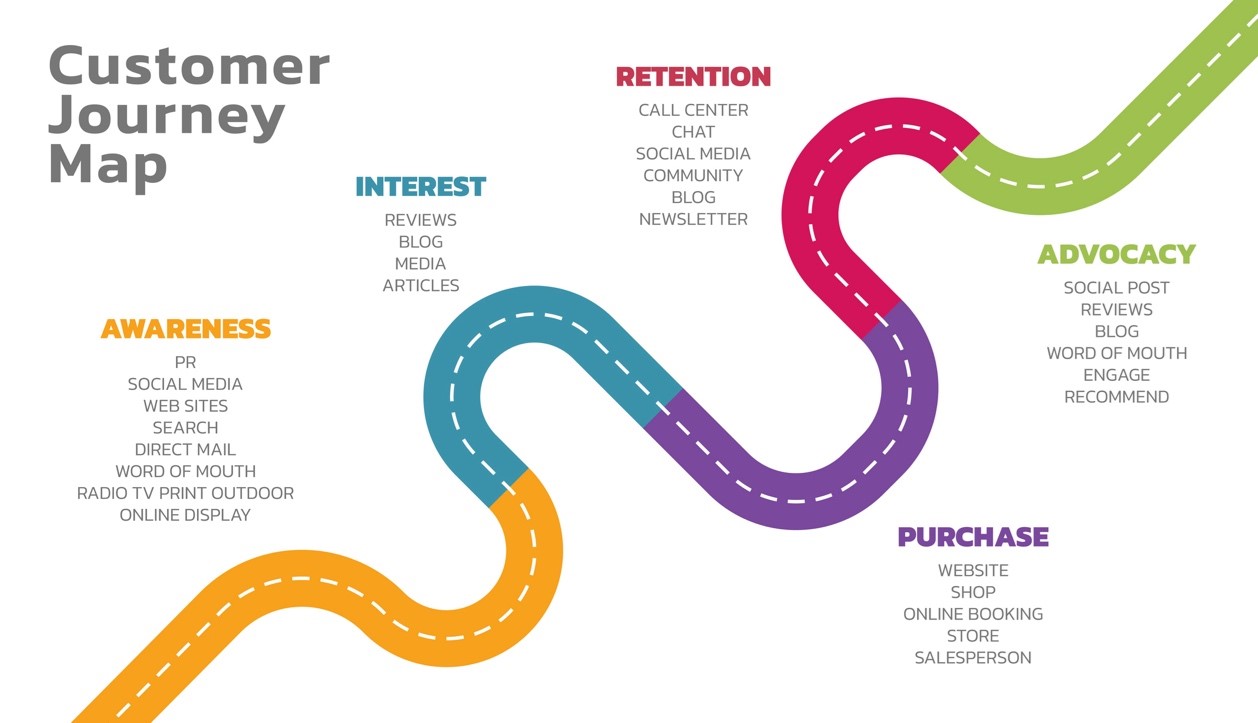
At our research firm, we’ve found that helping clients understand the purchase journey of potential customers for their category’s products or services can yield insights for best engaging with potential customers throughout the process.
The Emotional Side of Purchasing
While we often think of purchases as purely rational decisions, emotions play a significant role. By identifying the emotions present during the journey, companies can pinpoint opportunities to reinforce positive emotions and mitigate negative ones as customers interact with their brand.
Our Approach to Researching Purchase Journeys
We’ve had success focusing our research on three key groups:
- Those anticipating a purchase in the next 3-6 months
- Individuals currently in the decision-making process
- Recent purchasers (within the past 3-6 months)
Each group offers unique insights into the decision-making process.
Those anticipating a purchasing in the next 3-6 months
This groups gives insight on those that may be at the start of the purchase journey and may have little to no knowledge of the category.
Those currently in the decision-making process
These individuals can be the most difficult to find, but can yield rich insights as their journey is top of mind. They can speak to what they have done, gaps in their knowledge and what will drive purchase.
Recent purchasers
These individuals have completed the purchase journey. They share what triggered their purchase, speak to their satisfaction with their decision and talk about what could have made the process better.
Our methodologies include focus groups, in-depth interviews, and online bulletin boards, allowing us to capture a comprehensive picture of the customer journey.
How Customers Explore The Category
Whether it’s choosing a home service provider, healthcare professional, or a new product, customers often dedicate significant time to exploring the category to find options to meet their needs. The more expensive or important the purchase, the more time they typically invest in gathering information.
Common information-gathering methods include:
- Internet searches
- Customer reviews
- Word-of-mouth recommendations
- Interactions with customer service personnel
Each of these represents a potential touchpoint with your brand. Understanding potential information sources, what information customers seek from each channel, and what constitutes an ideal interaction with these information sources can help you optimize these touchpoints. It is also important to identify what information source carries more weight. For example, we often hear that recommendations from family members or friends are most influential.
Identifying the Emotions in the Process
Emotions are powerful drivers in decision-making. Each interaction a customer has along their journey can evoke positive, negative, or neutral feelings, which become associated with brands and influence final decisions.
To capture these emotions, we employ various techniques:
- Direct questioning
- Storytelling exercises
- Metaphor elicitation
- Emotional wheels
Understanding both the emotions customers want to experience and those they actually encounter with your brand (and competitors) can provide invaluable insights.
Understanding Purchase Drivers
The length and nature of a purchase journey can vary significantly based on factors such as:
- Urgency of need
- Importance of the purchase
- Potential consequences of a poor choice
- Cost
- Required commitment
Identifying what ultimately drives customers to make a purchase – whether it’s a sale, an urgent need, an impulse, or a trusted recommendation – can help businesses better position themselves at critical decision points.
Putting It All Together
By understanding both the steps in the process and the emotions customers experience, we provide our clients with a holistic view of the purchase journey. This comprehensive understanding allows businesses to strategically position their brand, creating positive impressions with potential customers at every stage of the journey.
In today’s complex marketplace, this nuanced approach to understanding customer behavior can make all the difference in driving growth and fostering brand loyalty.
